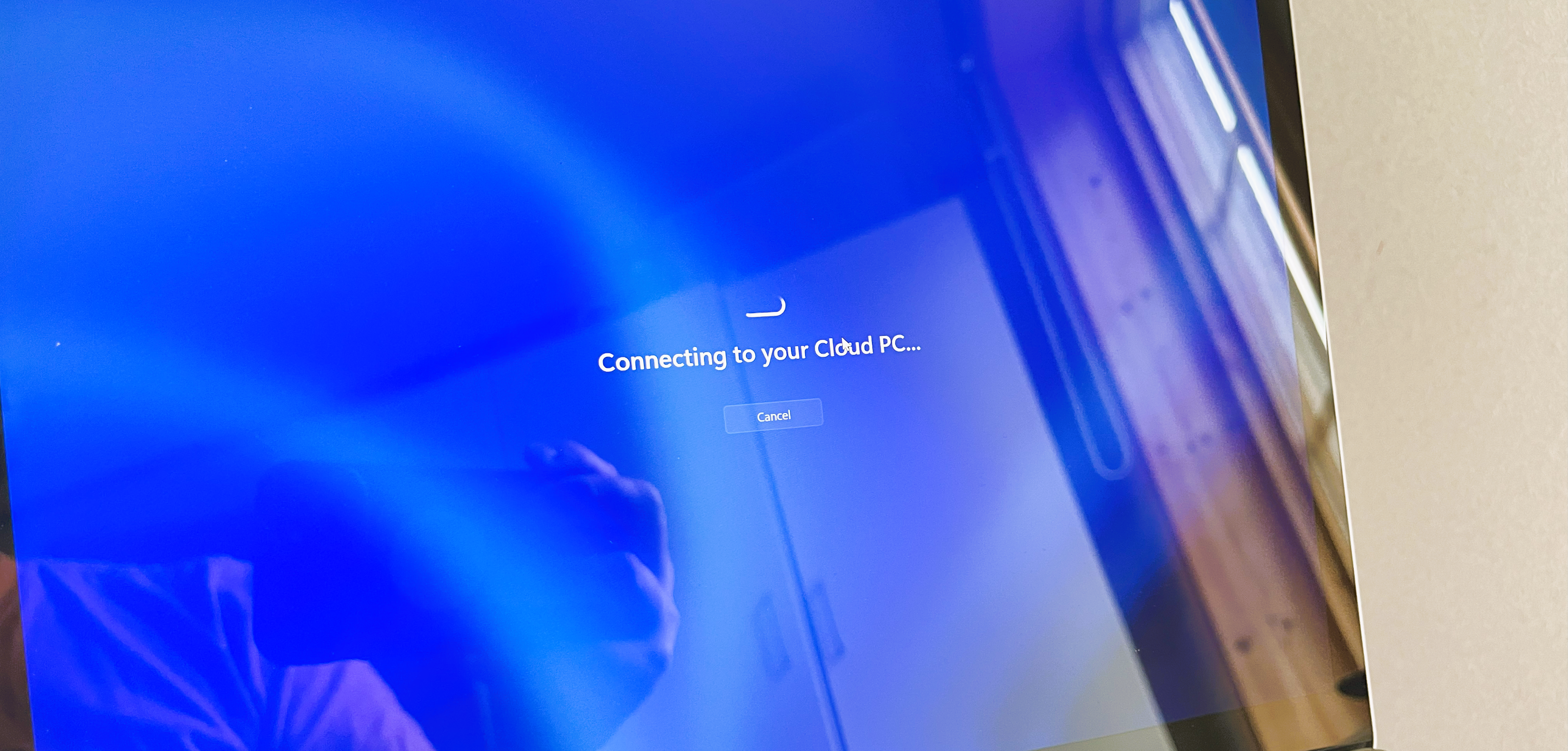Windows 365 Boot was first announced at Ignite in 2022, but no dates were announced at that point.
But now it has finally happened! Windows 365 Boot is in public preview and ready for you to test! There is, however, at the time being a need to use Windows 11 Insider Preview for this to work.
Windows 365 Boot is a concept which is exactly what it sounds like, the possibility to boot your physical PC straight into your Cloud PC. One could almost argue that this is a Windows take on a thin client concept but based on Windows 11 instead of some Linux distribution. We will see where this will take us in the future, but I can see a lot of cool scenarios for this combined with Windows 365 Frontline!
A while back, I wrote a post about creating a shared Windows 365 kiosk setup for Windows 10 or Windows 11, a poor man’s Windows 365 boot for impatient administrators. But now we have the real thing, so let’s set it up!
Setting up boot to cloud
The simplest way to setup Windows 365 Boot is to use the Microsoft provided guided scenario, which can be found here.
The guided scenario will help you create all policies and profiles you will need for this but do keep in mind that you still need to create your Windows 365 provisioning policy!
The first step in the guided scenario will give you an overview of what will be done and what it’s used for. If you have ever used guided scenarios before, this will be a familiar experience!

On the next step, we will add a prefix for our policies. This would typically be something you use in your naming convention. Please be aware that Microsoft only allows you to set the prefix of the names, not the whole policy name. If you want to change this to follow your naming convention, you will need to do that manually once everything has been created.

Next step is to set how updates should be handled. I’ve just added 0 on all values for days and gone with the default active hours, but this would typically reflect your normal patching/upgrade cadence.

On the next step, we can add some additional settings. I’ve just added a Wi-Fi profile, but you can add a VPN profile if needed as well. The last step on this tab is to select the language/region. I’ve selected to go with the operating system default that I have on the device I will deploy to.

On the last step before the automated creation starts, we will take care of assignments. You can either create a new group or use an existing group (please give us this feature in the other assignment flows Microsoft!). I’ve selected to create a new one called All W365 BtC Devices.

Once we have reviewed our settings, the deployment of policies, profiles and groups will start. You can follow and monitor the deployment (much like in Azure). For me, this was a fast process.

Getting the client ready!
As I mentioned, you need Windows 11 Insider Preview to be able to use Windows 365 Boot. You can either upgrade your machine manually or use Intune to upgrade your machine to the Insider Preview Dev channel.
You can modify the update policy created to allow the Insider Preview Dev channel for your Windows 365 Boot machine (please keep in mind that this is a preview) or you can create a new policy for this. What you are looking to enable is the following.

To upgrade your machine manually to Windows Insider Preview, go to Settings > Windows Update > Windows Insider Program and opt in for insider builds on the machine.

ATTENTION!!
Don’t forget to add your devices to the group you assigned your Windows 365 Boot policies to, otherwise nothing will happen!
What I’ve also found is that you need to reset your device for this to work to 100%. At least my clients, if not reset, are not able to connect to the Cloud PCs. So hot tip!
The experience
When our computer is running Windows 11 Insider Preview and has gotten all out new Intune policies and profile, the magic will happen!
When the computer boots, it will take you to the Windows 365 Boot sign in page instead of the regular Windows sign in. From here, you will sign straight into your Cloud PC instead of your local PC!



Leave a Reply